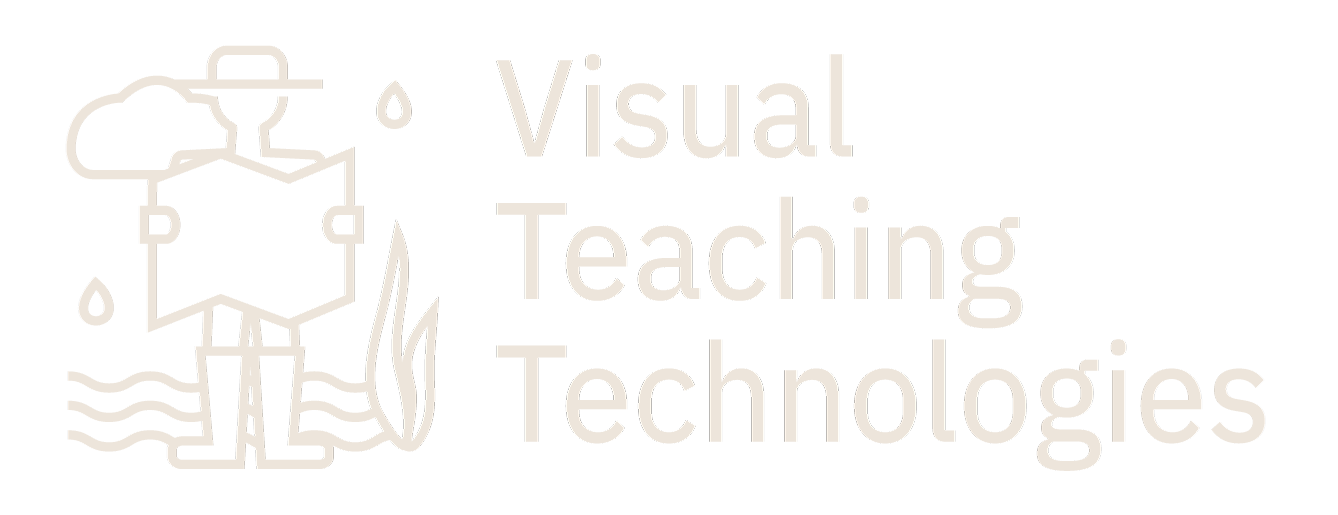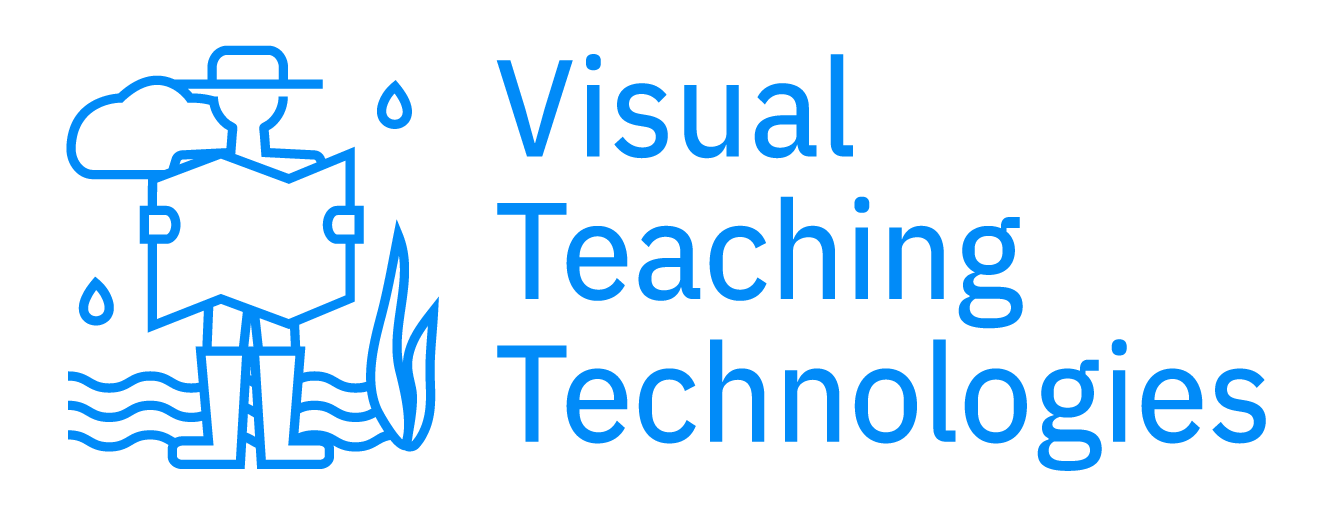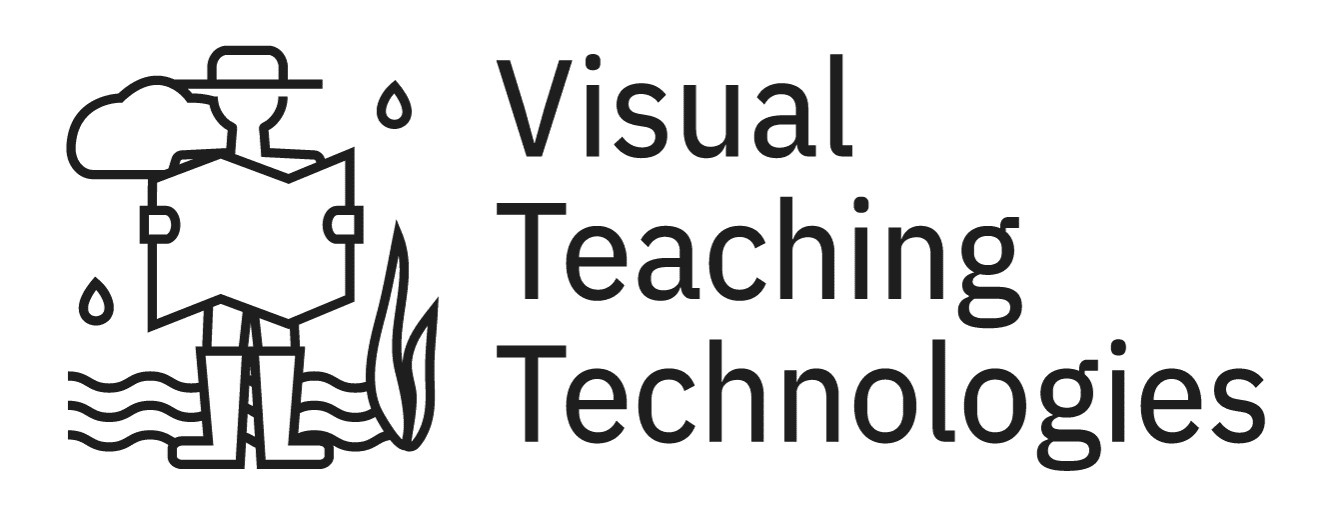The first time I heard the term “global warming,” I was 10 years old listening to the news with my Dad. On the screen was an image of a polar bear stranded on a broken-off piece of ice.
The broadcaster talked about how the Arctic was melting and the polar bear’s habitat was disappearing, but what did that have to do with me?
I grew up in a rural farming community in Eastern North Carolina, where there was always some sort of harvest going on. I remember the picture in my dad’s office of my uncle with stalks of feed corn towering over him and running through fields full of flowers every spring.
As the years went by, things started to change–no more feed corn or we started renting out a few fields. These small changes were easy to dismiss, but it didn’t stop there.
Over the next decade, the weather started to change in ways that I had never experienced living in the Coastal Plains. The seasons started to get unpredictable– summers were getting hotter the wet seasons were turning into dry ones.
Christmas started to feel like the 4th of July, and every day in Spring was a gamble on whether we would need to bring out our winter coats or a pair of shorts.
My family would lose a large amount of the crop because it was so warm the flowers started blooming and two days later it dropped below freezing and they were damaged or dead.
Floods would make it impossible for farmers to get to their crops or drown them. The weather never went back to the way it was, uncertainty was the new normal.
Then it started happening, many small farms were starting to go out of business. I began to experience anxiety that the farm I had grown up on would be the next to go.
To keep the doors open, many in the area would have to sell or rent land, switch crops, take out loans, and hope the next year would be better.
A controversial “saving grace” has come for many in the most recent years: solar panels. The solar energy companies scout out rural, farming areas to place the solar farms. Struggling farmers have been able to keep their doors open and employees paid with the newest “cash crop”.
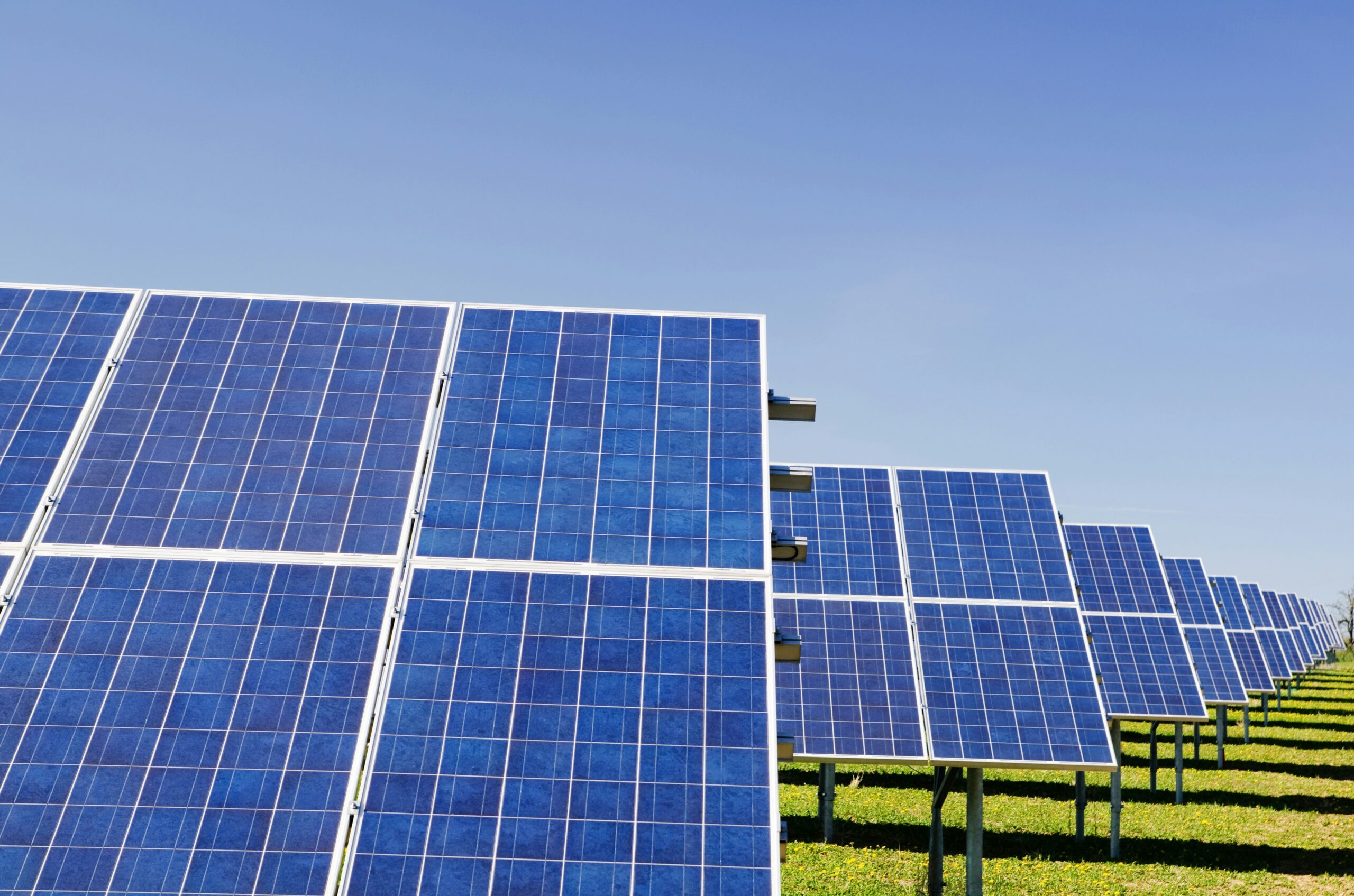
These farms have caused rifts in many communities as many of the residents are against the placement of the panels. Farmers could keep their doors open, but for many, it caused a loss of community and traditional farming.
The thing is, no one really knew why these newfound struggles were occurring, but the community should have. The answer was right in front of a 10-year-old me watching that poor little polar bear.
The issue was ignored because it didn’t have anything to do with Eastern North Carolina farmers, but it did. It wasn’t just global warming and the ice sheets melting, it was climate change.
The communities failed themselves by turning a blind eye, but the burden of fault was not just on the farmers and residents. The government, politicians, news outlets, and large corporations are largely at fault for dismissing and/or intentionally misleading communities on climate change.
You have either been denied proper information or have not been informed in a way that is applicable to you and your life. Willing naivety and a lack of information hurts our communities, but is a gain to those who benefit from complacency of this issue.
When someone shows us a stranded polar bear, it’s sad but not our issue. When you realize that climate change is losing your livelihood, you realize it is in fact your issue, too.
"
When you can't go back, you have to worry only about the best way of moving forward.
Paulo Coelho
You may be asking what a small community that grows flowers has to do with our coastal town? While what my family and other farmers have experienced may differ, we are all in the same boat, except your coastal town is on the front line.
Sea Level Rise is the hot topic to avoid on the coast of North Carolina. Admitting that this is a real issue means real actions will have to be taken. Taking action also means money- money that many of our communities do not have or in some cases, don’t want to lose.
Our waterfront communities rely heavily on tourism and industry using natural resources to thrive. These communities are experiencing the impacts of climate change at an intensity that most of North Carolina is not.
The coast is experiencing a loss in land area as it is slowly sinking, while the sea level is rising. This combination results in a receding coastline and is increasing the amount of low-lying areas/unusable land and harming the ecosystem through saltwater intrusion.

Beaches of Rodanthe.
The changing climate threatens infrastructure, homes, and businesses on the coast.
The rise in sea level is not just from some melting ice, but from the expansion of seawater as it warms. Water warming is both a severe threat to biodiversity and increases intensity and frequency of severe weather events, as well as creating more vulnerability to storm surges and flooding.
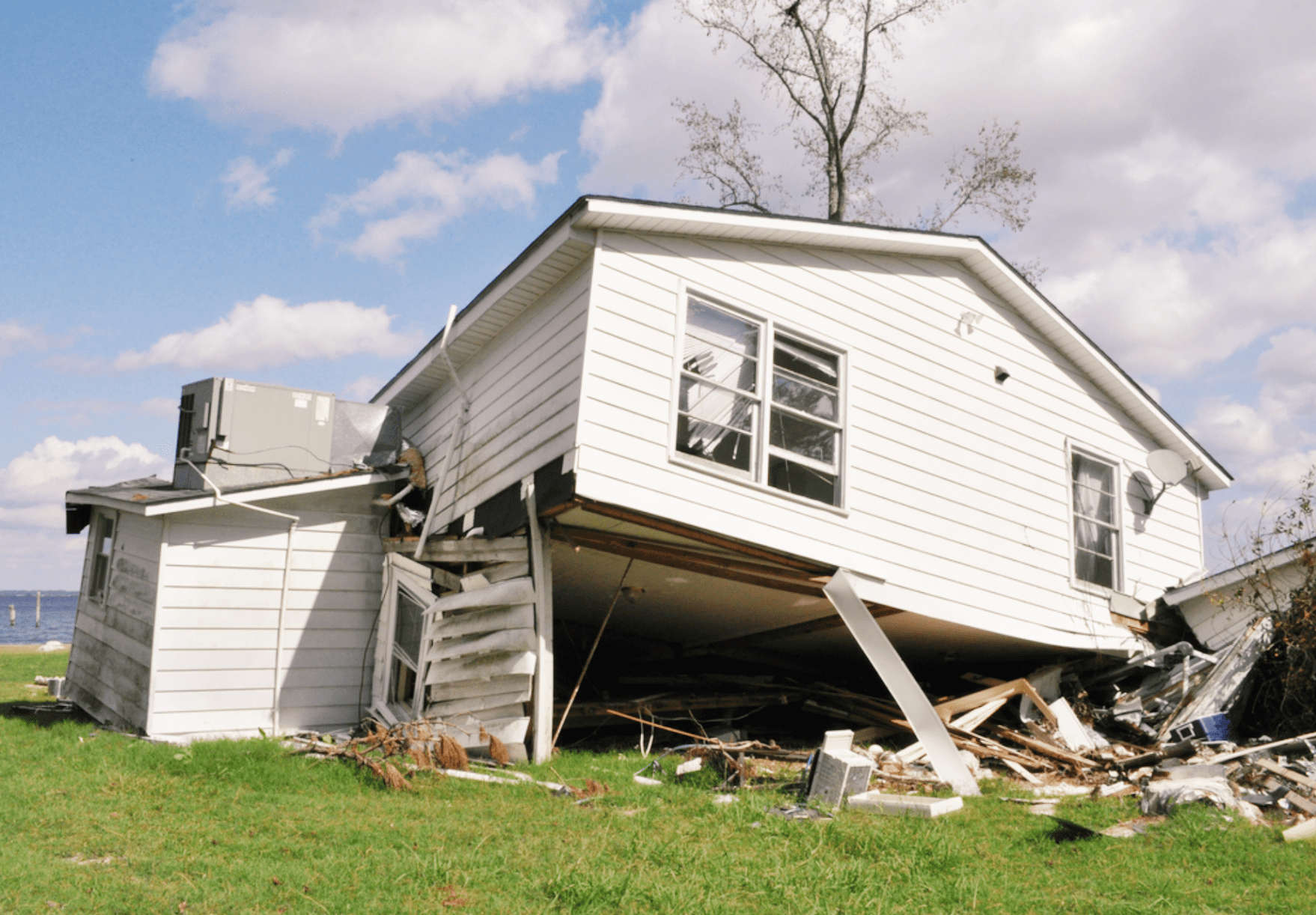
Not only is this a threat to businesses that rely on the water for their product, but the ones on the ground. The uptick in storms and flooding will continue to cause damage to the infrastructure such as roads, ports, or railways.
As a result of amplified King Tides, flooding intensity and duration will be increased, and many waterfront businesses will no longer be accessible or have parking available for extended periods of time. This can hinder residents’ access to the needed infrastructure for commutes and deter tourism and industry in the area.
Businesses that rely on the biodiversity of our waters may have to close their doors because there is nothing to harvest. This doesn’t just impact fishermen or mariculture, but any business that relies on them for their products or businesses that rely on recreation.
When marine life and biodiversity are disappearing or the waters are constantly unsafe to go out on, it makes it quite difficult to have a business reliant on this.
With increasing vulnerabilities, there is real cost. Life and livelihood are under threat, from individual pockets to community health. It is costing coastal communities to fix and rebuild homes, businesses, and infrastructure that are not designed to withstand these changes.

Sandbags by the water at Okracoke.
The economy is in danger of losing tourism revenue or shutting small businesses’ doors. Already expensive insurance rates are rising or some areas may not even be able to be covered due to the increasing risk. This increases the financial burden and creates anxiety around the possibility of property loss.
A decrease in community health may be seen due to the impacts of these changes. The uncertainty of these impending situations and changing climate is shown to be a threat to both physical and mental health.
Our coastal communities are home to many vulnerable groups, such as aging populations, low-lower income groups, ethnic minorities, and those who are constantly exposed to the elements for their occupation. These groups are impacted by the increased risk of heat related health issues or exposure to the elements.
The increase in the cost of living, changing environment, and uncertainty may lead to a decline in mental health community wide. If infrastructure is not easily accessible due to flooding or damage, this can inhibit emergency personnel from accessing you and your community in times of emergency.
We need to ask ourselves why the issue continues to be ignored when the threat is right in front of us.

Of course, a finger can be pointed at our politicians, news outlets, government, and developers. The politicization of climate change does not benefit us, but those who benefit off of limited restrictions on harmful industries and development.
Making this topic a politically charged issue opened the door to take a factual issue and lead many to believe it is some sort of leftist political agenda. Large corporations and developers can come into small coastal communities and benefit from the lack of policies set in place to protect the integrity of the community.
We can argue that continuing to allow large-scale development, unsustainable land use practices and large corporations to continue to operate as usual brings in jobs, tax revenue, and raises property value, but at what cost?
The lack of reliable and relatable information can also be a factor. Many news outlets tip-toe around the issue due to politics or just don’t make the information relevant and relatable. So who would understand what is happening when you can’t get the story straight?
Due to heavy politicization of the issue, it can be extremely hard for our local governments to get resiliency efforts approved or funded. Wealthy communities have been able to reinforce their infrastructure or step around certain blockades as they have the means to do so, but many small coastal counties cannot fund efforts.
Lastly, we need to point the finger at ourselves. As I mentioned earlier, it is easy to turn a blind eye to an issue when it doesn’t seem like it relates to our life. When we take a step back, it is clear that it does and we’ve been witnessing the impact for years.
There is blame to go to those who we entrusted to protect our communities, but we also have a duty to our community to understand the situation at hand and push for change.
If you love your community and care about your livelihood, it’s time to have the uncomfortable and daunting conversations no one wants to have.
We need to band together as a community in the face of catastrophe and use our discomfort as motivation to push for change. Open communication and conversations are key to addressing the issues our coast is facing.
It is important to understand how the community feels, what has been taught, issues surrounding the topic, and what can be done to transform coastal communities to create a resilient and livable area.
When we can’t solely rely on our appointed officials to give solutions, then it is time to take it into our own hands.
Let’s start talking with our community and find ways to start climate-proofing coastal communities.
author
Caroline Van Staalduinen
Caroline’s rural upbringing in Eastern North Carolina fostered in her a deep appreciation for community and the environment. Combining degrees in International Studies, Geography, and Community and Regional Planning, she endeavors to address disparities in rural areas, advocating for sustainable development to enhance community and environmental wellbeing.
